The Midsummer Magic of Latvia’s Jāņi Festival
Step into the enchanting world of Latvia’s Jāņi Festival, where the air is filled with the sweet scent of blooming flowers and the sky glows with the warmth of the summer sun. This magical celebration, deeply rooted in ancient traditions and folklore, brings together communities to honor nature and welcome the summer solstice with open arms.
As the Jāņi Festival unfolds, you will witness a tapestry of rituals and customs that have been passed down through generations, each carrying its own symbolism and significance. From the intricate art of weaving flower crowns to the mesmerizing dance of flames in the bonfires, every moment is steeped in history and meaning.
Picture yourself amidst a sea of vibrant wreaths adorning the heads of revelers, a colorful symbol of fertility and beauty that transcends age and time. The act of wreath weaving is not just a tradition but a connection to the earth, a way to pay homage to the abundance of nature and the cycle of life.
As night falls, the crackling of bonfires fills the air, casting a warm glow on the faces of those gathered around. These fires, lit in honor of the sun’s power and as a ward against malevolent spirits, unite communities in a shared moment of joy and protection.
Modern celebrations have seamlessly woven contemporary elements into the fabric of the Jāņi Festival, creating a vibrant tapestry of music, food, and merriment. From lively concerts showcasing traditional folk music to feasting on sumptuous dishes made from seasonal ingredients, the festival bridges the gap between past and present.
Delve deeper into the heart of the Jāņi Festival, and you will discover a profound connection to nature, a celebration of life’s eternal cycle, and a renewal of the earth’s spirit during the summer solstice. This ancient festival is not just a gathering of people but a communion with the forces of nature that shape our world.
History and Origins
Exploring the traditions, folklore, and celebrations of Latvia’s Jāņi Festival, a midsummer celebration filled with ancient rituals, flower crowns, bonfires, and songs that honor nature and the summer solstice.
Discover the historical roots and cultural significance of the Jāņi Festival in Latvia, tracing back to ancient pagan traditions that celebrate the longest day of the year and the power of the sun.
The Jāņi Festival, also known as the Summer Solstice Festival, has deep roots in Latvian history, dating back to pre-Christian times when ancient pagans celebrated the summer solstice as a time of magic and renewal. This annual festival marks the peak of the summer season, where the sun reaches its highest point in the sky, symbolizing light, warmth, and fertility.
During the Jāņi Festival, Latvians pay homage to nature and the elements, honoring the earth’s bounty and the interconnectedness of all living things. The traditions and rituals of Jāņi are steeped in symbolism, reflecting the cycle of life, death, and rebirth that is inherent in nature.
One of the key elements of the festival is the belief in the power of the sun, which is celebrated through various rituals and customs aimed at harnessing its energy and ensuring a bountiful harvest. The ancient Latvians viewed the sun as a symbol of strength, vitality, and protection, and the Jāņi Festival was a time to offer thanks for its life-giving warmth and light.
As the sun reaches its zenith on the summer solstice, the Jāņi Festival serves as a reminder of the eternal cycle of nature, where the old makes way for the new, and life continues to flourish in all its forms. The traditions passed down through generations are a testament to the enduring connection between the people of Latvia and the land they call home.
Traditional Rituals
The Jāņi Festival in Latvia is steeped in that have been passed down through generations, embodying the essence of ancient folklore and customs. One of the most cherished traditions during this midsummer celebration is wreath weaving, where participants create intricate flower crowns symbolizing beauty and fertility. These handmade wreaths, adorned with colorful blooms and aromatic herbs, are worn with pride by both young and old alike, adding a touch of natural elegance to the festivities.
Another time-honored ritual that captures the spirit of the Jāņi Festival is the lighting of midsummer bonfires. These blazing fires not only symbolize the power of the sun but also serve as a beacon of protection against malevolent spirits. As the flames dance and crackle under the night sky, communities come together to revel in the warmth and light, forging bonds and sharing in the collective joy of the season.
Participants also engage in the quest for the mythical fern blossom, a legendary flower said to bloom only on the shortest night of the year. This whimsical pursuit, rooted in folklore and mystery, adds an air of enchantment to the festivities as revelers search for the elusive bloom amidst the lush greenery of midsummer.
Furthermore, the resonant melodies of folk songs fill the air during the Jāņi Festival, echoing the traditions of the past and celebrating the bounty of nature. Through harmonious tunes and heartfelt lyrics, participants pay homage to the summer season, expressing gratitude for the earth’s abundance and vitality in a melodic tribute to the changing seasons.
Wreath Weaving
Wreath weaving is a cherished tradition during Latvia’s Jāņi Festival, symbolizing fertility, beauty, and the vibrant spirit of summer. The art of crafting flower crowns and wreaths holds deep cultural significance, with participants of all ages adorning themselves with these intricate creations. The delicate blooms and lush greenery woven into these wreaths represent the abundance of nature and the vitality of the season.
Participants gather various flowers and herbs, carefully selecting each element to create a personalized wreath that reflects their connection to the earth and the festivities of Jāņi. The act of weaving these floral adornments is a meditative and creative process, evoking a sense of harmony with nature and a celebration of life’s renewal.
Wearing a flower crown or wreath during the Jāņi Festival is not merely a fashion statement but a symbolic gesture of honoring the natural world and embracing the joyous spirit of midsummer. These floral accessories are believed to bring luck, prosperity, and protection, making them an essential part of the festival attire.
Midsummer Bonfires
When the sun dips below the horizon on the eve of the Jāņi Festival in Latvia, the flickering flames of midsummer bonfires illuminate the night sky, casting a warm glow over the gathered revelers. These bonfires, a central element of the celebration, hold deep symbolic significance in Latvian folklore and traditions.
The lighting of midsummer bonfires during the Jāņi Festival is a ritual that dates back centuries, symbolizing the power of the sun at its peak during the summer solstice. As the flames dance and crackle, they are believed to ward off evil spirits and bring protection to the community. It is a time when ancient beliefs intertwine with the present, creating a magical atmosphere of unity and celebration.
Communities come together to build towering bonfires, using wood and kindling gathered from the surrounding forests. The act of lighting the bonfire signifies the triumph of light over darkness, a metaphor for the triumph of good over evil. People gather around the bonfires, sharing stories, laughter, and traditional songs that echo through the night.
Jumping over the bonfire is a common practice during the Jāņi Festival, symbolizing the cleansing and purifying power of fire. It is believed that leaping over the flames can bring good luck and protect against illness in the coming year. This daring act is met with cheers and applause, as participants embrace the exhilarating energy of the bonfire’s heat.
As the bonfires burn bright into the night, the crackling flames create a mesmerizing spectacle that captivates all who witness it. The warmth of the fire, the scent of burning wood, and the sounds of laughter and music blend together to create an unforgettable experience that embodies the spirit of the Jāņi Festival.
Modern Celebrations
The Jāņi Festival in Latvia has evolved over time to incorporate modern elements while still honoring its ancient traditions. Today, the festival is a vibrant celebration that blends the old with the new, creating a unique experience for both locals and visitors alike. Modern celebrations of Jāņi Festival include a diverse range of activities and events that cater to different interests and age groups.
One of the highlights of the modern Jāņi Festival is the array of concerts and cultural events that take place throughout the celebration. These events showcase a mix of traditional Latvian folk music, contemporary performances, and dance shows that entertain festival-goers and provide a lively atmosphere. Music lovers can enjoy a variety of genres while immersing themselves in the rich cultural heritage of Latvia.
Food plays a significant role in modern Jāņi celebrations, with feasting on traditional dishes being a common practice during the festival. Festival-goers can indulge in delicious foods such as cheese, caraway seed buns, and various seasonal dishes that symbolize abundance and prosperity. The culinary experience at Jāņi is a delightful way to savor the flavors of Latvian cuisine and connect with the cultural significance of the festival.
Outdoor activities are also a popular feature of modern Jāņi celebrations, offering opportunities for people to engage in fun and recreational pursuits. From traditional games and sports to nature walks and communal gatherings, the festival provides a platform for people to come together and enjoy the beauty of the summer season. The spirit of camaraderie and joy permeates through the various outdoor activities, creating unforgettable memories for participants.
Concerts and Events
During the Jāņi Festival in Latvia, the air is filled with the melodious tunes of traditional folk music and the rhythmic beats of dance performances. Concerts and events play a significant role in bringing people together to celebrate the summer solstice with joy and merriment. The festival grounds come alive with the vibrant energy of musicians, dancers, and artists, creating an atmosphere of cultural richness and community spirit.
One of the highlights of the Jāņi Festival is the array of concerts that showcase Latvian folk music in all its glory. Festival-goers are treated to soul-stirring performances that pay homage to the country’s musical heritage, with musicians playing traditional instruments and singers crooning ancient melodies. The concerts offer a unique opportunity to immerse oneself in the sounds of Latvia’s past, connecting with the country’s cultural roots through music.
In addition to the musical performances, cultural events are also a key feature of the Jāņi Festival. Dance troupes take to the stage to perform traditional Latvian dances, captivating the audience with their intricate footwork and colorful costumes. Contemporary artists add a modern flair to the festivities, showcasing the diversity and creativity of Latvia’s cultural scene. From art exhibitions to theater performances, the festival offers a dynamic mix of entertainment for all to enjoy.
Traditional Foods
When it comes to the Jāņi Festival in Latvia, traditional foods play a significant role in the celebration, offering a taste of the country’s rich culinary heritage. One of the staple foods enjoyed during this festive occasion is cheese, symbolizing prosperity and abundance. The cheese is often served with caraway seed buns, adding a flavorful touch to the meal. Additionally, beer is a popular beverage choice during the Jāņi Festival, complementing the savory dishes and adding to the merriment of the festivities.
Furthermore, the traditional foods served during the Jāņi Festival are often made from seasonal ingredients, reflecting the connection to nature and the importance of harvesting during the summer months. Dishes prepared with fresh herbs, vegetables, and meats are enjoyed by festival attendees, highlighting the bounty of the season and the culinary skills of the Latvian people.
In addition to cheese, bread, and beer, various other dishes are savored during the Jāņi Festival, each carrying its own symbolism and significance. From hearty stews to sweet pastries, the array of traditional foods served during this midsummer celebration showcases the diversity and richness of Latvian cuisine, inviting participants to indulge in a feast that honors both tradition and taste.
Symbolism and Significance
Delve into the deeper layers of symbolism and significance that underlie the Jāņi Festival in Latvia, transcending mere festivities to embody profound cultural meanings. This midsummer celebration is not merely a gathering of people but a reflection of Latvia’s deep-rooted connection to nature, the changing seasons, and the eternal cycle of life. As the sun reaches its zenith and nature flourishes, the Jāņi Festival serves as a poignant reminder of the renewal and abundance that the summer solstice brings.
At the heart of the Jāņi Festival lies a symbolic thread that weaves together the past, present, and future of Latvian culture. The rituals and traditions observed during this time are not just ancient practices preserved for tradition’s sake; they are living symbols of Latvia’s enduring ties to the land, the elements, and the spirits that inhabit the natural world. Each wreath woven, each bonfire lit, and each song sung carries with it layers of meaning that speak to the essence of Latvian identity.
The wreaths of flowers worn during the festival are not mere adornments but potent symbols of fertility, beauty, and the interconnectedness of all living beings. As participants weave these intricate garlands, they are not just engaging in a craft but participating in a ritual that honors the earth’s bounty and the life-giving power of nature. The act of wearing these wreaths becomes a physical embodiment of the harmony between humanity and the natural world.
Similarly, the bonfires that blaze during the Jāņi Festival are not mere sources of light and warmth but ancient beacons of protection and purification. As the flames leap skyward, they symbolize the triumph of light over darkness, the warmth of community over isolation, and the cleansing power of fire to ward off malevolent forces. Gathering around these bonfires, people come together in a spirit of unity and solidarity, reaffirming their bonds with one another and with the world around them.
Moreover, the traditional foods enjoyed during the Jāņi Festival are not just culinary delights but embodiments of cultural heritage and ancestral wisdom. From the savory cheeses to the aromatic caraway seed buns, each dish carries with it the flavors of tradition, the essence of the land, and the spirit of celebration. By partaking in these foods, festival-goers connect not only with their own past but with the collective memory of generations past, forging a link between the present and the past.
Ultimately, the Jāņi Festival is more than just a midsummer celebration—it is a living tapestry of symbols, rituals, and meanings that reflect the soul of Latvian culture. As participants engage in the festivities, they are not just honoring the summer solstice but reaffirming their place in the grand cosmic dance of life, death, and rebirth. In this way, the Jāņi Festival serves as a reminder of the eternal cycles that govern existence and the enduring power of tradition to connect us to something greater than ourselves.
Frequently Asked Questions
- What is the significance of the Jāņi Festival in Latvia?
The Jāņi Festival in Latvia holds great cultural and symbolic significance, representing the celebration of the summer solstice, the power of the sun, and the connection to nature. It is a time to honor ancient traditions, folklore, and rituals that highlight the renewal of the earth and the cycle of life.
- What are some traditional rituals practiced during the Jāņi Festival?
Some of the traditional rituals observed during the Jāņi Festival include wreath weaving, jumping over bonfires, searching for the mythical fern blossom, and singing folk songs. These customs are deeply rooted in Latvian folklore and are carried out to welcome the summer season.
- How is the Jāņi Festival celebrated in modern times?
In modern times, the Jāņi Festival is celebrated with a blend of ancient traditions and contemporary festivities. This includes music concerts, cultural events, feasting on traditional foods like cheese and caraway seed buns, and participating in outdoor activities that reflect the spirit of the summer solstice.
latvia, jāņi, midsummer, magic, traditions, bonfires, folklore, celebration, , latvia, jāņi, midsummer, magic, traditions, bonfires, folklore, celebration,
Share this content:
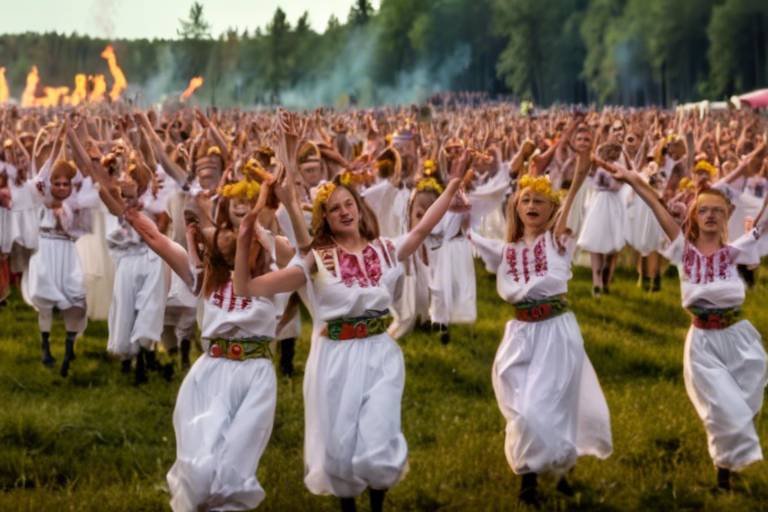

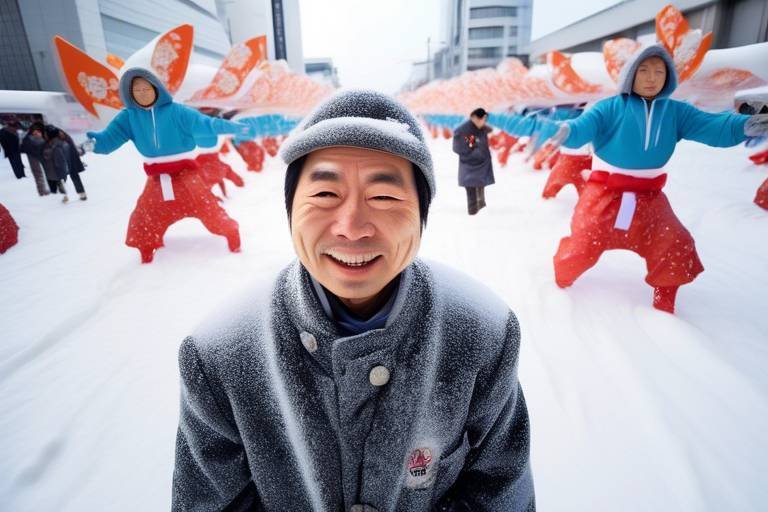
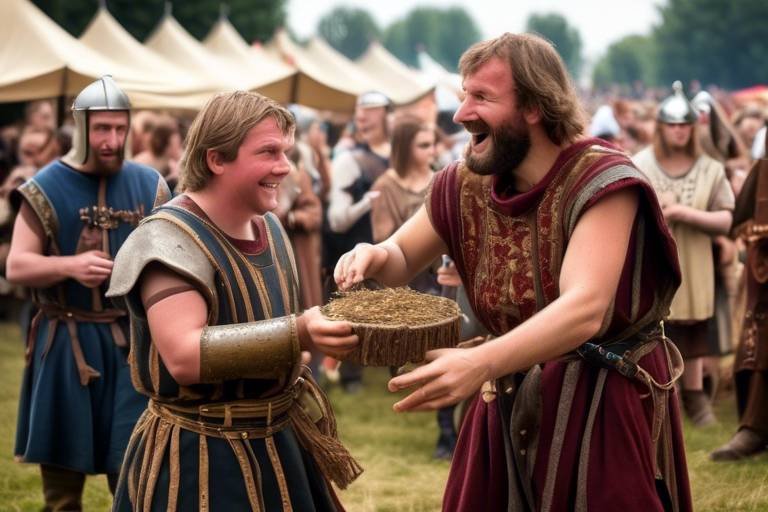

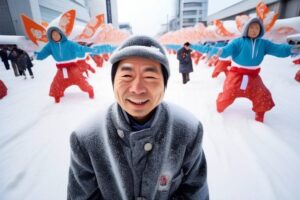
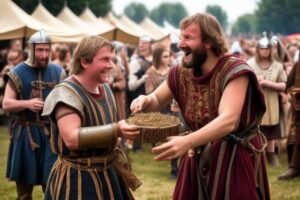
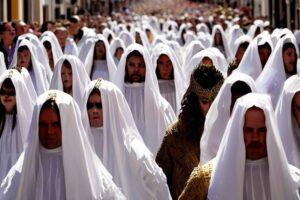
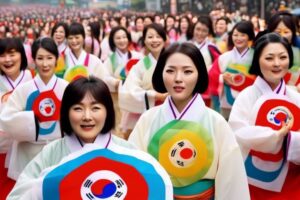


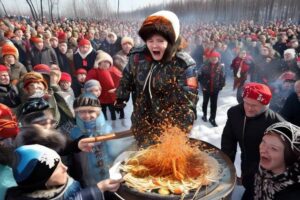
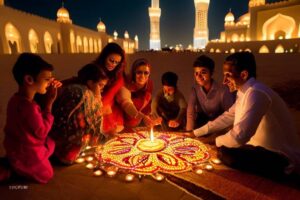
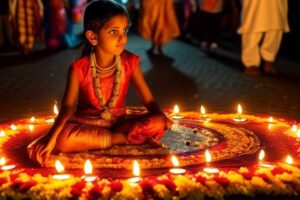
Post Comment